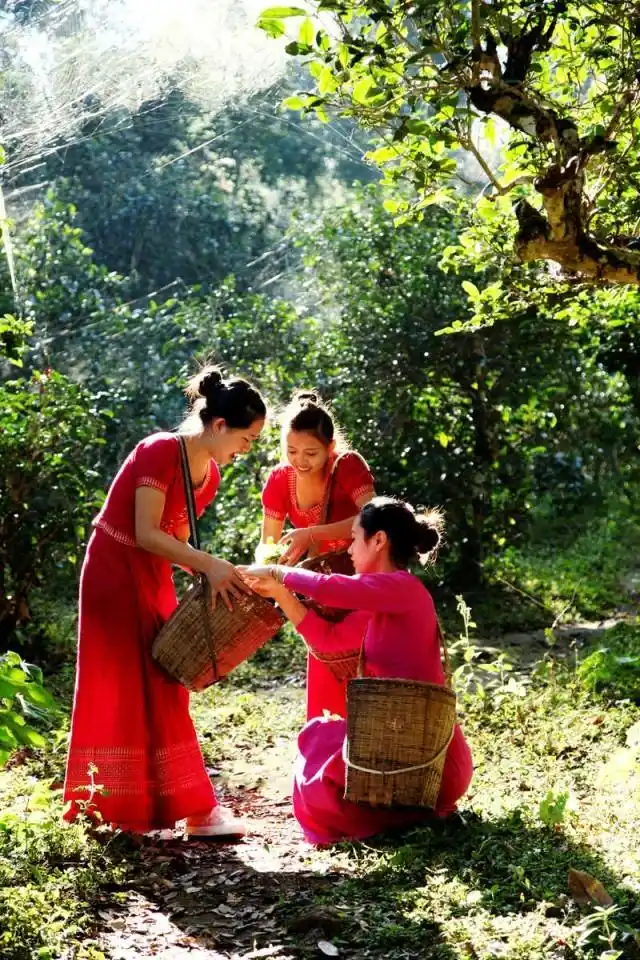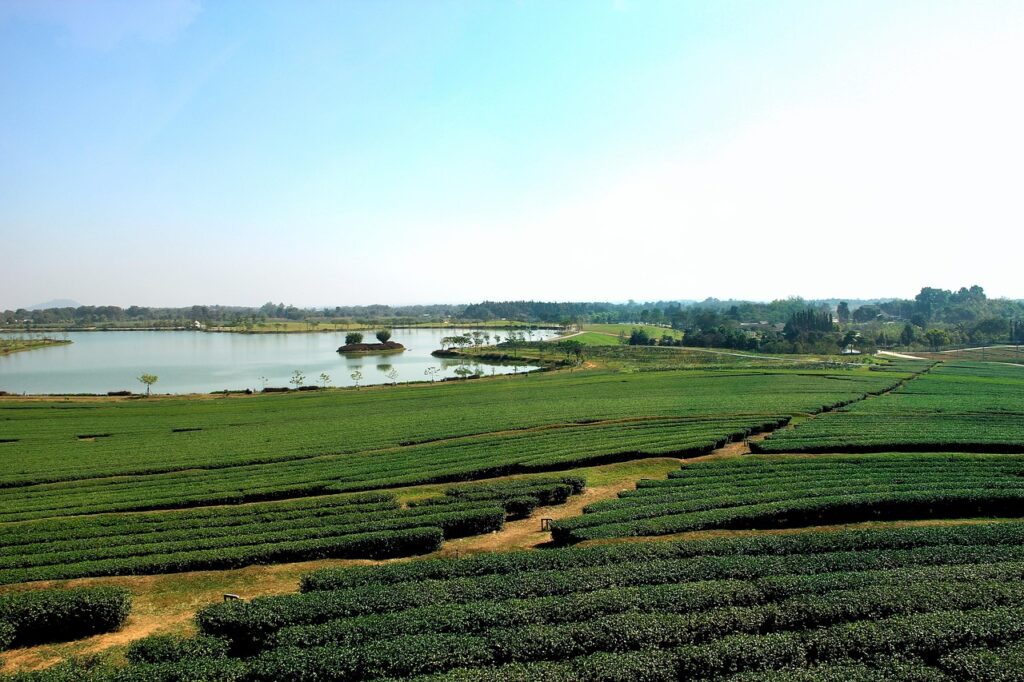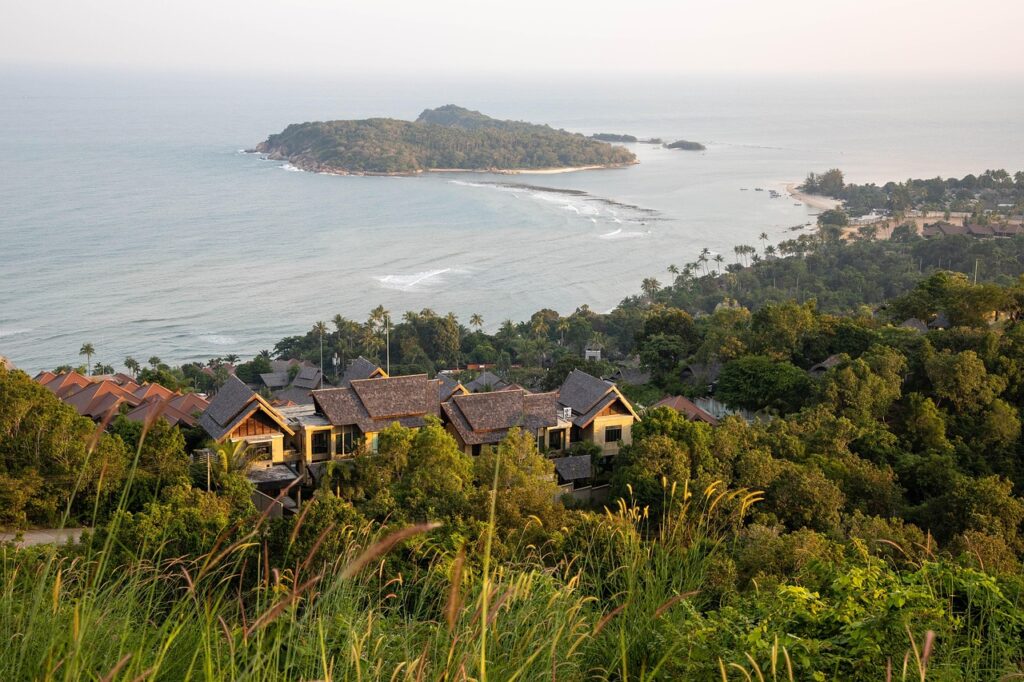How to Find Thai Black Tea Grown In Thailand
Introduction to Thai Black Tea

The flavor of Thai Black tea compared to Chinese tea is ‘same same but different’ as the Thai’s like to say, meaning that although its quite similar, there remain some stark differences. It would be a great idea to experiment with some Thai Black tea in the Land of Smiles, especially if you’re already a connoisseur of Chinese tea and feel the need to branch out and explore teas in other parts of the world.
The introduction of Chinese tea into Thailand can be traced back to the 17th century. The Dai minority (neighbors of the Blang people) from Yunnan played a crucial role in the early Chinese tea tradition in Thailand. Their connection to Thai tea culture stems from their historical migration patterns, tea-growing expertise, and cultural links with Northern Thailand.
Records indicate that Chinese tea gained popularity among foreigners in the Ayutthaya Kingdom and subsequently among Bangkokians in the 19th century. The cultivation of tea in Thailand gained prominence in the 20th century, especially after Chinese immigrants, including Kuomintang soldiers, settled in Northern Thailand, bringing their tea traditions and cultivation techniques.
Currently, there are four main regions where tea is prominently grown. The most produced type of tea in Thailand is oolong tea. Northern Thailand is known for its ideal climate and fertile soils, making regions around Chiang Mai and Chiang Rai ideal for tea cultivation.
Thai Black Tea
Though Northern Thailand was initially known for its oolong teas, in 2011, growers started producing black tea from the Jin Xuan No. 12 tea plant, marking a milestone in the Thai tea industry. Jin Xuan No. 12 (金萱) started as a Taiwanese tea cultivar famous for its creamy texture and smooth taste. It was developed in Taiwan in the 1980s by the Taiwan Tea Research and Extension Station (TRES) and is sometimes called Milk Oolong due to its natural buttery and milky notes. Over time, this cultivar was adapted for black tea production in Thailand, resulting in a unique and flavorful brew.
While Jin Xuan No. 12 was traditionally used for oolong tea, Thai tea producers found that oxidizing it fully into a black tea brought out unexpected depth, with notes of honey, ripe fruit, and even hints of malt, making it quite distinct from its oolong counterpart. Thai black tea from Jin Xuan often carries a natural sweetness, sometimes with floral or tropical fruit undertones. Some batches even exhibit a light spiciness, making it different from more astringent black teas like Assam or Darjeeling.
“The Thai black tea produced in Northern Thailand is distinct from the strongly brewed Ceylon or Assam-based tea used in traditional Thai iced tea (Cha Yen). While Thai iced tea is heavily spiced and sweetened, Thai-grown black tea is more about highlighting natural flavors.”
Some Thai tea producers are now experimenting with oxidation levels, aging, and even charcoal roasting to create more nuanced variations of black tea from Jin Xuan, expanding the possibilities of Thai tea craftsmanship.
Northern Thailand’s tea-growing regions, such as Chiang Rai and Chiang Mai, have elevations ranging from 1,200 to 1,600 meters. The cool climate and misty mountain conditions contribute to slower tea growth, allowing more concentrated flavors to develop.
Black Tea Regions and Destinations in Northern Thailand

Northern Thailand has emerged as a notable black tea producer, with high-altitude farms cultivating unique varieties influenced by both local and Chinese tea traditions. Here are some key regions known for their black tea production and where to experience it:
1. Chiang Rai
Chiang Rai’s high-altitude climate supports black tea production, with the Doi Tung Royal Project Tea Plantation producing premium Thai black tea.
Where to Visit:
- Doi Tung Royal Project Tea Plantation – Known for high-quality black tea grown at elevation.
2. Chiang Mai – Ang District
Chiang Mai is home to smaller but dedicated tea farms, producing both Thai-grown Assam and Chinese-style black teas.
Where to Visit:
- Araksa Tea Garden – Specializes in organic black tea cultivation, mainly Assam varieties.
- Warorot Market (Kad Luang) – Offers a selection of Thai Black Tea and Chinese black teas.
3. Doi Mae Salong
A historic tea-growing region established by Yunnanese settlers, Doi Mae Salong is known for its high-mountain black teas.
Where to Visit:
- Choui Fong Tea Plantation – One of Thailand’s most famous tea producers, offering high-quality black tea.
- 101 Tea Plantation – Specializes in premium high-mountain black tea.
- Wang Put Tan Tea House – Focuses on Yunnan-style Thai black tea.
4. Mae Hong Son – Ban Rak Thai (Mae Aw Village)
A Yunnanese village with a rich Chinese tea heritage, known for its traditional black tea production.
Where to Visit:
- Lee Wine Rak Thai Tea House – A well-known tea house offering locally grown Yunnanese-style black tea.
- Local Tea Shops – Many small family-run tea houses sell traditional Chinese black teas
Planning Your Itinerary
Searching for the right tea can be tiring and grueling, especially if you’re searching many mountains. Before your long journey into northern Thailand’s remote jungles and villages, it’s always a good idea to rest up on a beach in the islands. I highly recommend Cocoon Samet, especially for those just arriving in the Land of Smiles. It’s a can’t-miss destination—very clean, with comfortable beds, amazing facilities, and spacious bathrooms. It’s also the perfect hub for island adventures, offering comfort and value in the heart of Koh Samet.
After a week-long rest and recovery near the pristine beaches, you can take a bus or van back up to Bangkok and either rent a car yourself or find a tea tour operator.
Pick up a tea set from the shop before you arrive. You’ll be trying many Chinese-style teas in Thailand, and you’ll need a quick way to brew them with a lightweight and portable tea set.

Choosing the Right Tea Tour Operators
First, you’ll need to choose the right regions. Here are a few as a recap:
- Doi Mae Salong (Chiang Rai): Best for Chinese-style tea plantations (black tea) and Yunnanese cultural experiences.
- Doi Tung (Chiang Rai): Known for high-quality black tea and sustainable tea-growing projects.
- Fang (Chiang Mai): Smaller tea gardens, often with a focus on organic and artisanal tea-making.
Then, look for well-reviewed operators. Check reviews on TripAdvisor, Google, and travel blogs to find reputable tour operators. Next, decide on what experience you want, such as tea-tasting tours, tea farm and processing tours, or cultural experiences. Consider factors such as group size (more affordable), private tours (deeper interactions), or custom tours (ask operators).
What to Expect on a Tea Tour
A tea tour in Thailand offers a blend of tea education, scenic views, cultural experiences, and hands-on activities. The experience depends on the region and the tour operator, but here’s what you can generally expect:
- Scenic tea plantation walks
- Tea picking experience
- Tea processing demonstrations
- Tea tasting and brewing sessions
- Cultural insights
Tips for Tea Enthusiasts: Visit During the Right Season
- Cool Season (November – February): Best for comfortable travel and active tea farms.
- Harvest Periods:
- Spring (March – May): First flush teas, often the most aromatic and delicate.
- Winter (October – December): High-quality black tea processing.
- Rainy Season (June – September): Lush green landscapes, but some farms may have limited access.
Conclusion: The Unique Experience of Chinese-Style Tea Grown in Thailand
A Perfect Balance of Tea and Tranquility
Exploring Chinese-style tea in Thailand offers a journey through history, culture, and rich flavors. From the black tea fields of Doi Mae Salong to the Yunnanese tea houses of Ban Rak Thai, each stop brings a new tea experience. Whether you’re tasting fresh Jin Xuan black tea, learning tea-making traditions, or enjoying mountain views, a Thai tea tour is truly unforgettable.
After days of adventure, Cocoon Hostel Samet is the perfect place to unwind. Located in Koh Samet, it offers pristine beaches, modern comforts, and a laid-back atmosphere—a refreshing way to reflect on your journey. Savor your new teas by the shore and end your Thai tea adventure in total relaxation.
Page Contents
Toggle